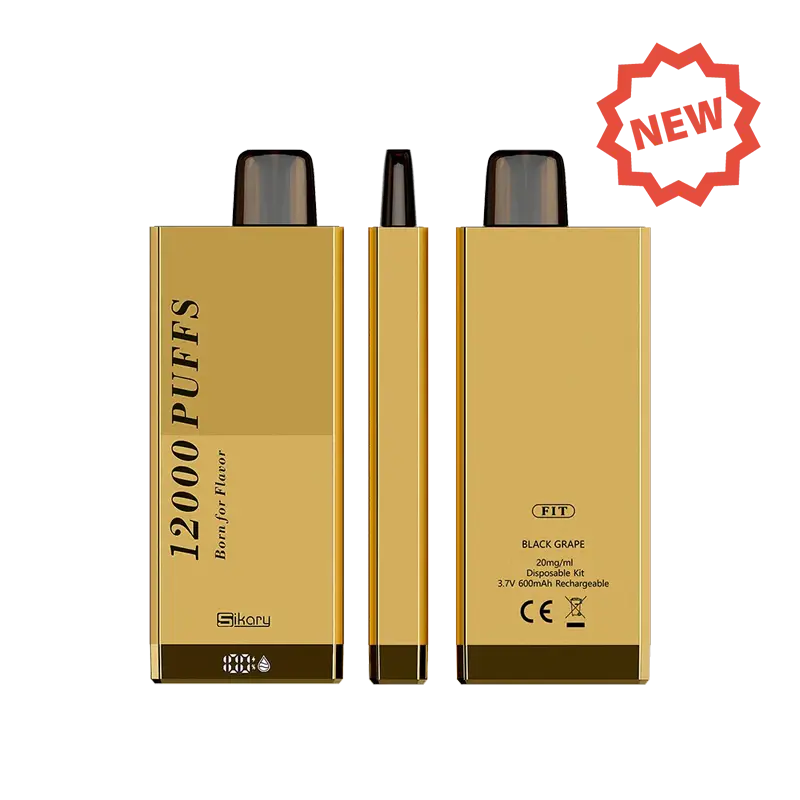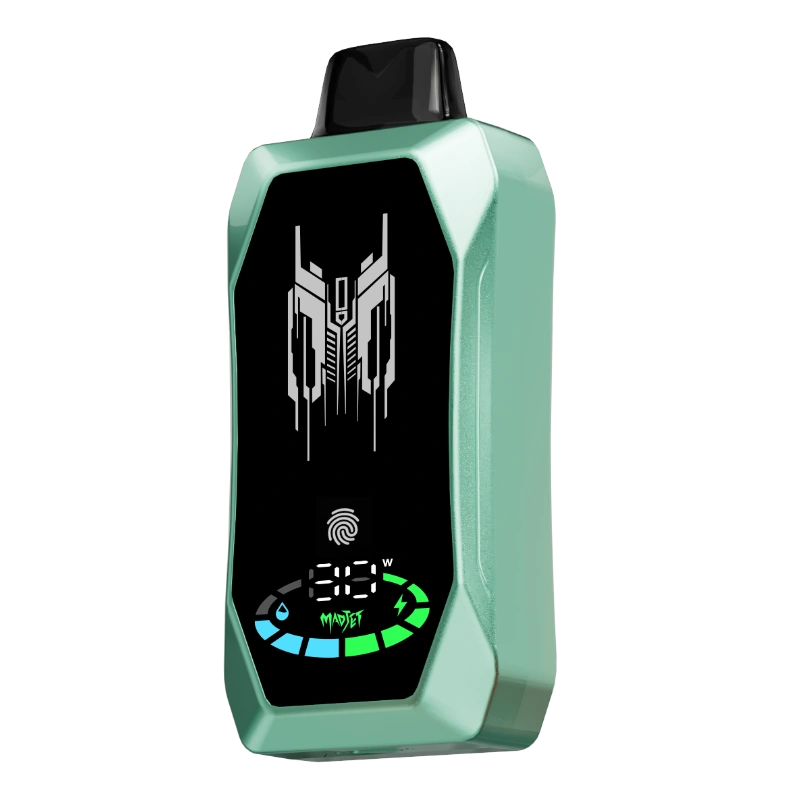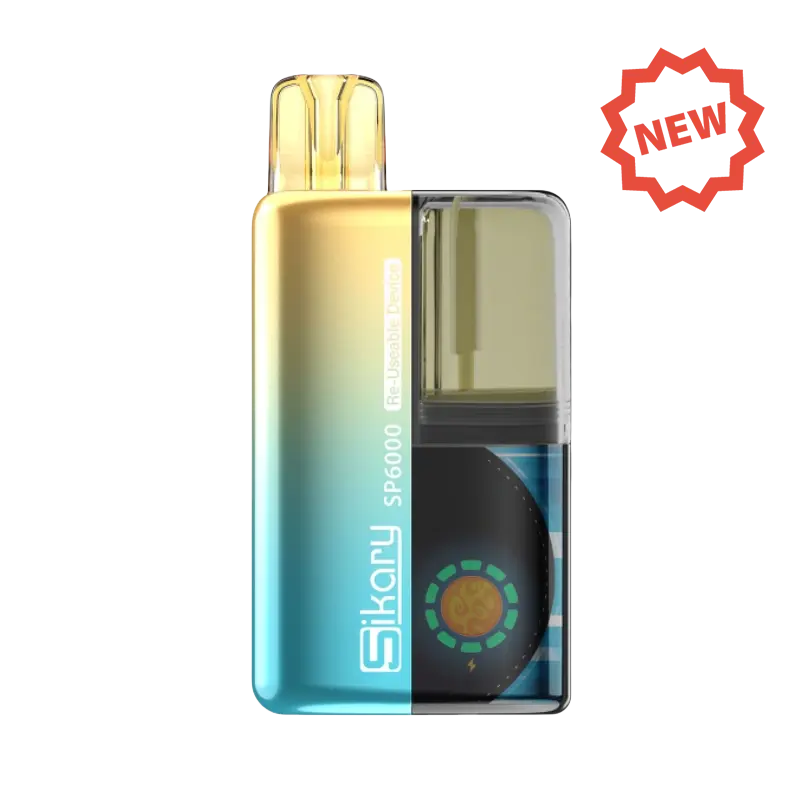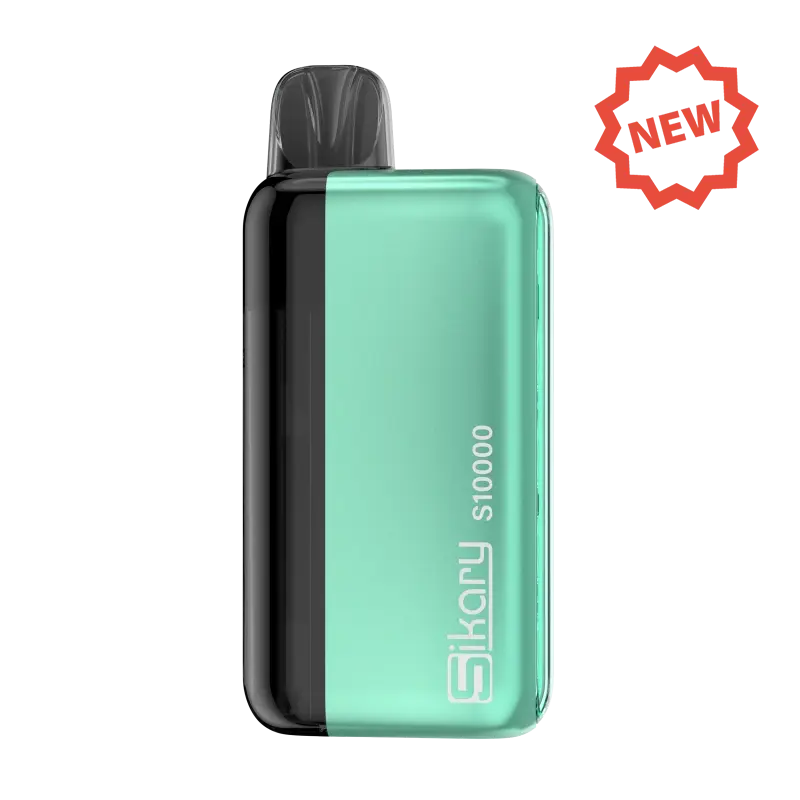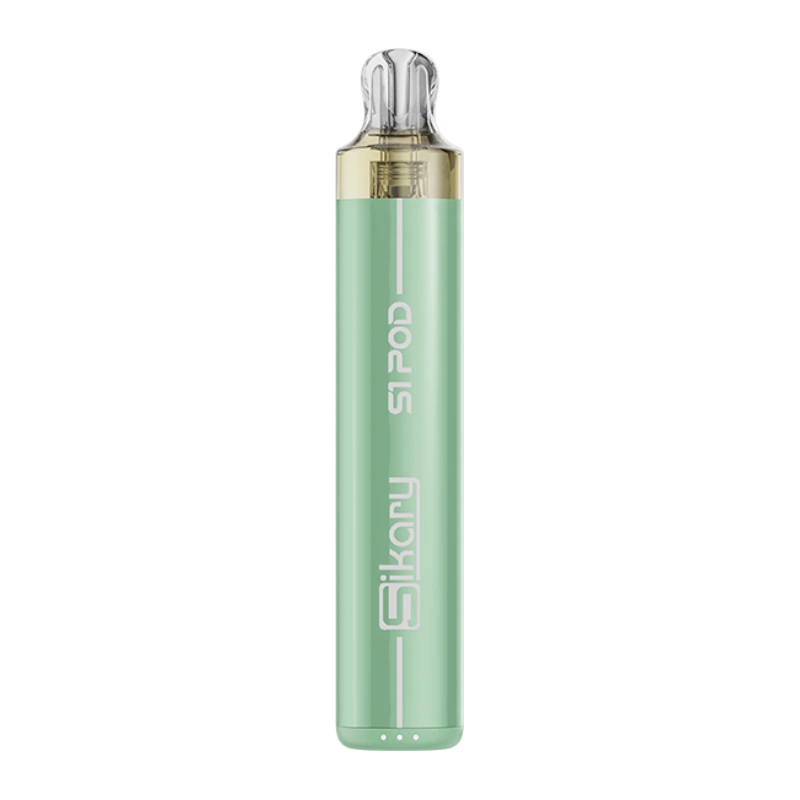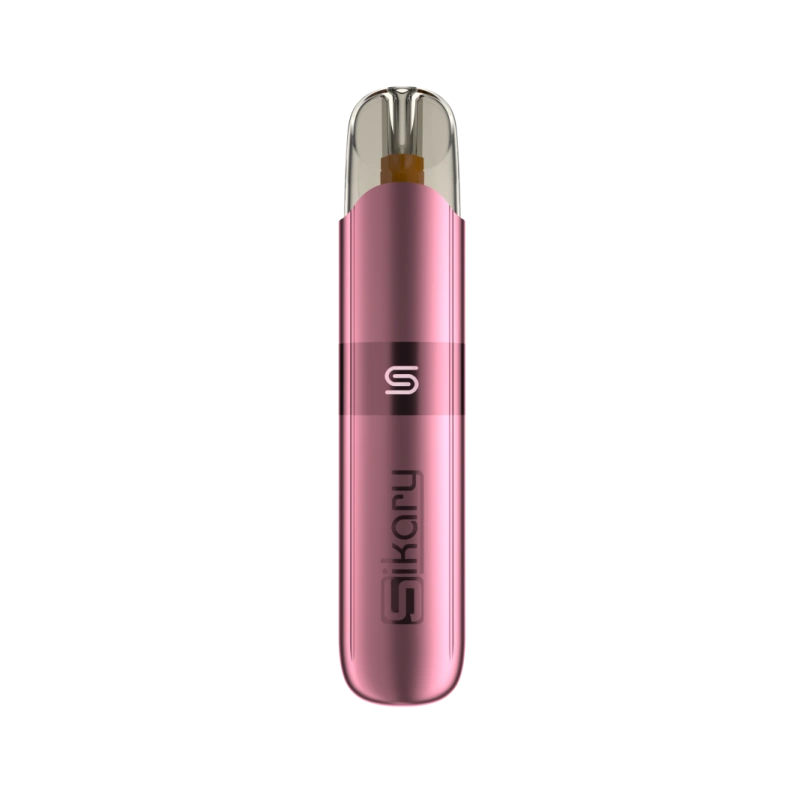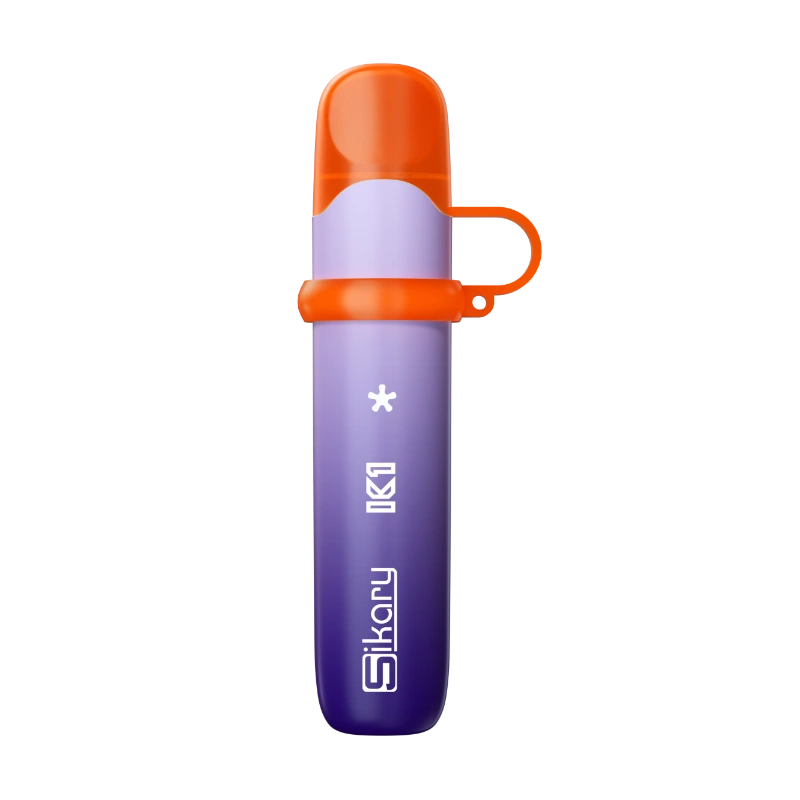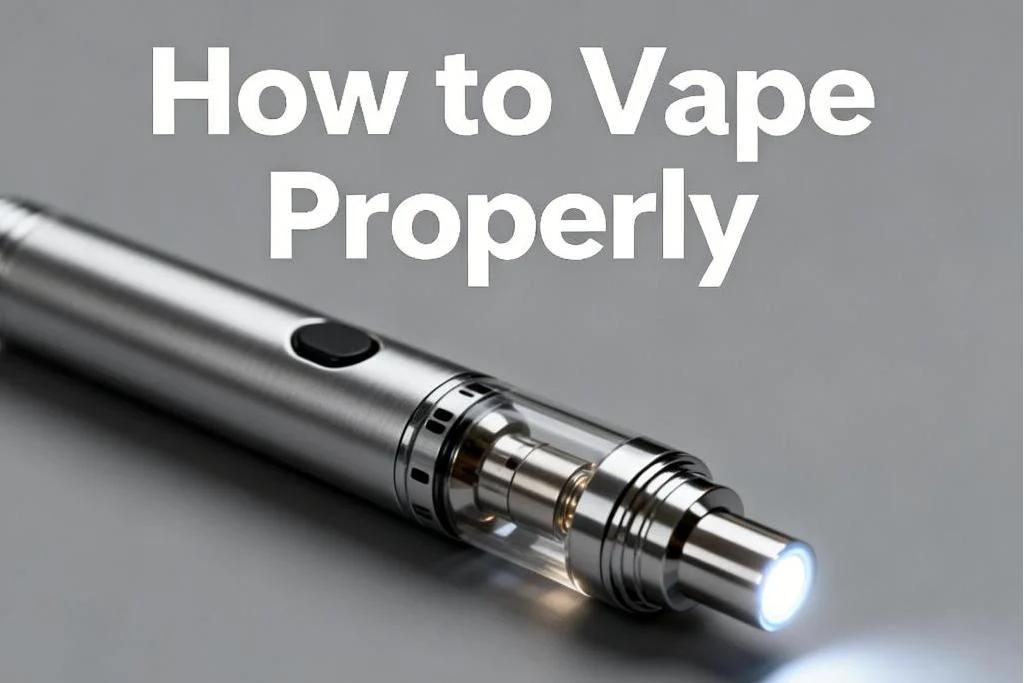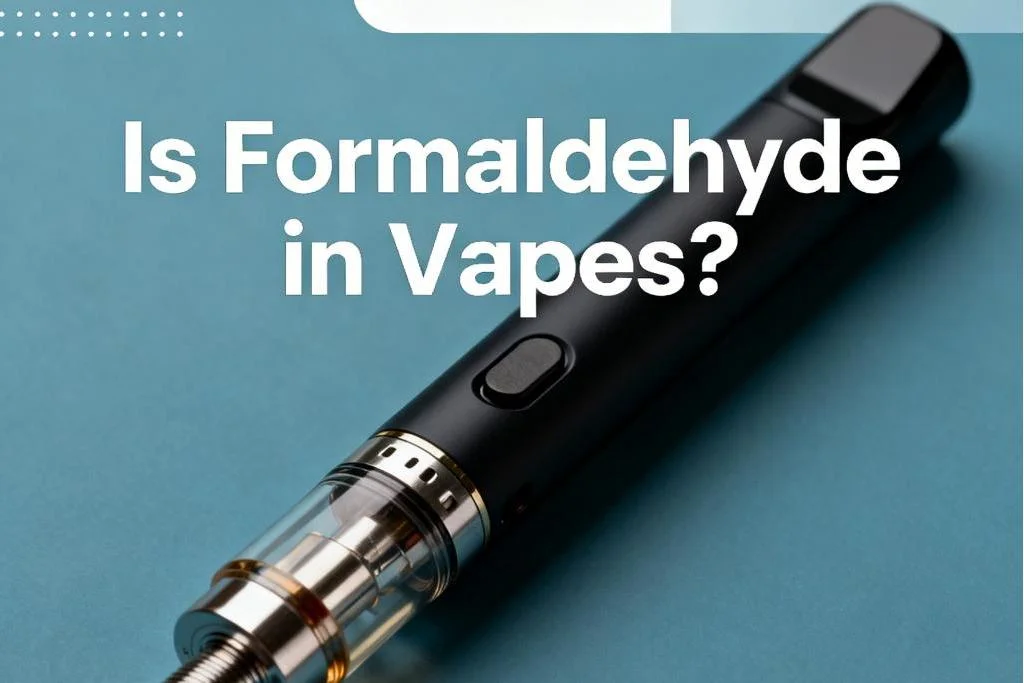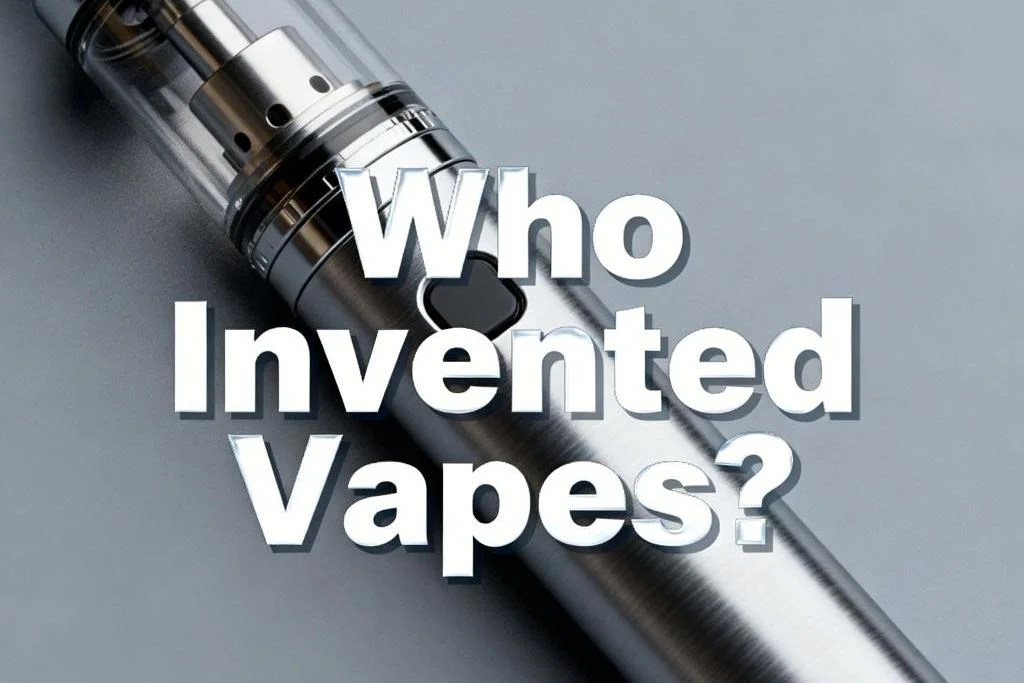Introduction
Getting your wisdom teeth removed is a very common dental procedure, especially for teenagers and young adults. However, it’s also a surgery that involves an incision in the mouth, and recovery time is needed for the extraction sites to heal properly. During this healing phase, it’s important to avoid certain oral activities that could disrupt the healing process or even cause complications. One such activity is vaping or e-cigarette use.
After wisdom tooth removal, many patients are naturally eager to get back to their normal routine, which may include vaping. However, the suction from inhaling an e-cigarette can dislodge blood clots forming at the surgical sites. This is a major risk factor for dry sockets, one of the most common and painful post-op issues. A dry socket occurs when the clot is lost prematurely, leaving jawbones and nerves exposed before healing.
This article will discuss considerations around when it’s generally safe to resume vaping based on surgical factors and specific healing recommendations from oral surgeons. It will outline the risks of premature vaping and tips for harm reduction once vaping is restarted. The overall goal is to help patients make informed decisions to prioritize proper surgical healing over cravings and avoid potential complications.
Healing Timeline After Surgery
The average healing process after wisdom tooth extraction takes around 1-2 weeks. However, the healing rate varies depending on factors like a patient’s age, surgery difficulty, and individual biological factors. Here’s a general guide to expected oral healing over the first couple of weeks:
- First 24 hours (day of surgery): Extensive swelling is very common initially. Keep the wound as clean and dry as possible. Avoid strenuous activity.
- 2-3 days post-op: Swelling may worsen before improving. Medicate any pain. Gentle rinsing with salt water can help but avoid bottle straws.
- 4-7 days post-op: Crusts formed over wounds. Swelling should decrease significantly. Soft foods are generally fine, but avoid items getting lodged in holes.
- 1-2 weeks post-op: Extraction sites are mostly healed over, though they may be sore to touch. Brush and floss carefully near holes, which will slowly close up from inside out over the next few months.
Proper healing during these stages involves blood clot formation to prevent dry sockets. The risk of other complications like infection decreases substantially as time passes. Everyone’s recovery differs, so check with an oral surgeon about individual healing progress and limitations.
Factors Affecting Healing
A few key factors can influence a patient’s healing timeline after wisdom teeth removal:
- Age: Younger patients may heal more quickly due to being generally fitter. Teenagers heal faster than seniors.
- Difficulty of surgery: Complex extractions that require cutting of bone or teeth tend to have more swelling and slower recovery versus routine cases.
- Dry socket risk: Smokers and those prone to dry sockets may need to take extra precautions, such as rinsing with chlorhexidine after surgery.
- Individual healing rate: Biological differences mean some people just naturally recover more slowly than average from oral procedures.
Patients who had particularly difficult surgeries, have a medical condition slowing healing, or are generally less physically fit may take an extra week or longer to fully recover. Signs of dry sockets or infections should also be watched closely and addressed promptly.
For most standard cases, the two-week mark is a reasonable target for primary healing. But don’t force normal activities too soon. Consult your surgeon if concerned, as the premature resumption of suction from vaping during a critical healing stage could disrupt clots and prolong issues. Every patient’s situation deserves individual consideration.
Risks of Premature Vaping
While the appeal of resuming familiar habits like vaping is understandable, doing so too early can significantly increase the risks of complications and prolong the recovery period. Some key risks include:
- Dry Socket – This painful condition occurs when a blood clot fails to form or is dislodged at the extraction site, leaving exposed jawbone and nerves. Vaping’s suction can easily disturb fragile clots.
- Impact on Blood Clotting – The negative pressure from puffing may disrupt surgery wound healing by impairing normal blood clot formation and wound sealing over the first 1-2 weeks.
- Prolonged Swelling and Pain – If dry socket or other issues develop from premature vaping, swelling and discomfort are likely to persist much longer than expected, delaying full recovery.
- Impaired Wound Healing – Without protective clots and a proper initial healing period, extraction sites are more prone to contamination, infection risk rises, and overall recovery takes more time.
It’s important that extraction wounds have sufficient opportunity to stabilize and heal naturally without interference from activities hampering this delicate process, like the sucking motion tied to vaping. Letting wounds fully close from the inside out reduces post-op issues substantially.
Recommended Wait Times
As a general guideline, oral surgeons advise waiting at least a week after wisdom teeth extractions before resuming any activities involving suction in the mouth, including vaping. Some recommended timeframes are:
- Minimum 5-7 days: Most expert consensus is to avoid vaping for a minimum of 5-7 days after surgery to allow basic healing of soft tissue.
- 7-10 days: Around 1 week is when extraction sites are usually sufficiently knitted together and stable for gentle usage. However, some gingival swelling may still occur.
- 10-14 days: The average recommended wait time that balances proper initial healing while avoiding long periods of lifestyle changes. The swelling should be largely resolved by 2 weeks.
- 2+ weeks for difficult cases: Patients whose extractions were more involved, took longer, or had medical factors may need closer to 2-3 weeks before considering vaping again.
Even after waiting the recommended periods, it’s best to resume vaping gradually with low power and monitor for any problems. Factors like dry socket risk may necessitate even more conservative approaches, and discussing your individual case with your oral surgeon is always recommended. Patience is important for complete healing.
Safety Tips Once Vaping Resumes
If you decide to restart vaping after waiting for the recommended healing period, there are some safety tips to help minimize further risks:
- Take gentle puffs only, avoiding aggressive inhaling or sucking that could disrupt surgical sites.
- Consider using e-liquids without flavoring added at first, as some flavors may irritate sensitive gums.
- Monitor the extraction sites for any signs of dry socket, like increasing pain or a foul taste. Contact your dentist right away if these occur.
- Be aware that some residual swelling, discomfort, or bleeding from the gums may still happen in response to negative pressure from vaping.
- Rinse mouth out gently with salt water after vaping to help remove any e-liquid residue that could delay further healing.
- Give your body extra time to heal completely if vaping seems to cause any prolongation of pain, swelling, or other issues.
- Always discuss any concerns with your oral surgeon who performed the procedure. They know your specific case and recovery best.
By taking a safe, gradual approach focused on symptom monitoring once you start vaping after proper healing, you can reduce the chances of setting back the recovery process. Avoidance is still best if possible.
Conclusion
Getting wisdom teeth removed is an unpleasant but necessary procedure for many people. Taking the time to properly heal after surgery is important to avoid dry sockets, infection, and other complications. While the urge to resume normal activities like vaping may be strong, premature restarting carries very real risks of disrupting clot formation and progress made during initial recovery.
Most oral surgeons recommend waiting at least a week after wisdom tooth extractions, with 10-14 days on average being the safest bet. Patients with difficult surgeries may need even longer before attempting vaping’s negative pressure. Going slower is always the better approach when it comes to wound healing in a delicate oral environment.
If vaping is restarted, taking it very gradually with short initial sessions while closely monitoring symptoms is advised. Mouth rinsing afterward and avoiding irritation from flavors also help ensure continued absorption. Overall, though, avoiding vaping entirely until after the standard healing period is the most conservative choice.
By being patient and following expert post-operative advice, wisdom teeth recipients can maximize the chances of smooth recovery without drawn-out issues. With proper recovery time, vaping can usually resume as normal thereafter once wounds have fully sealed and stabilized.
Read More

